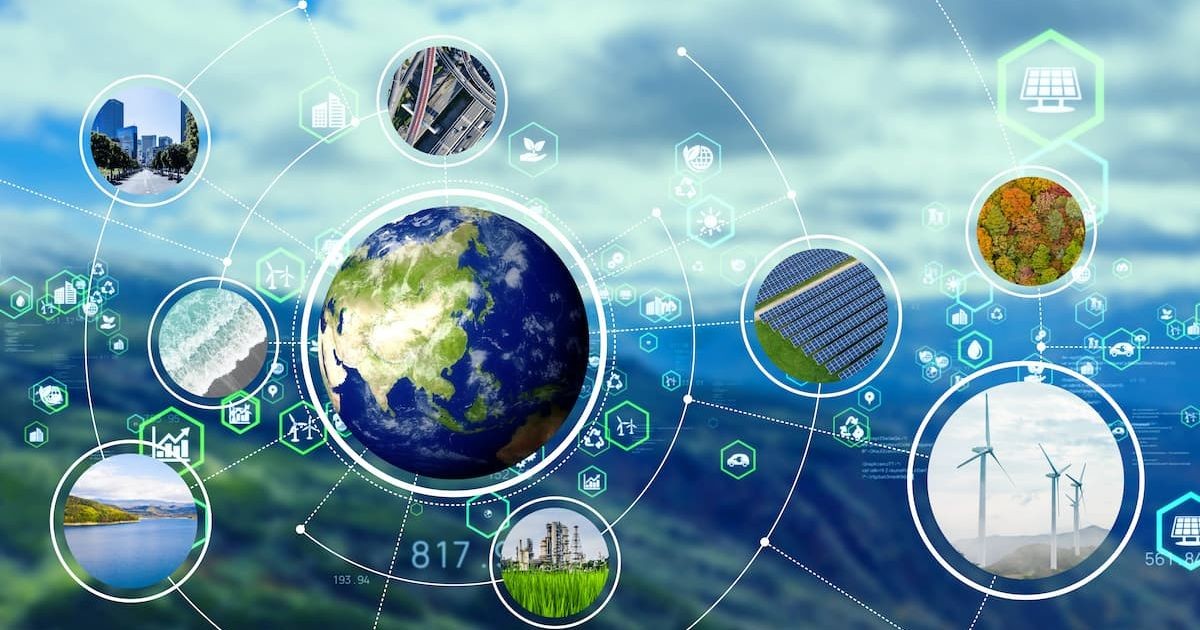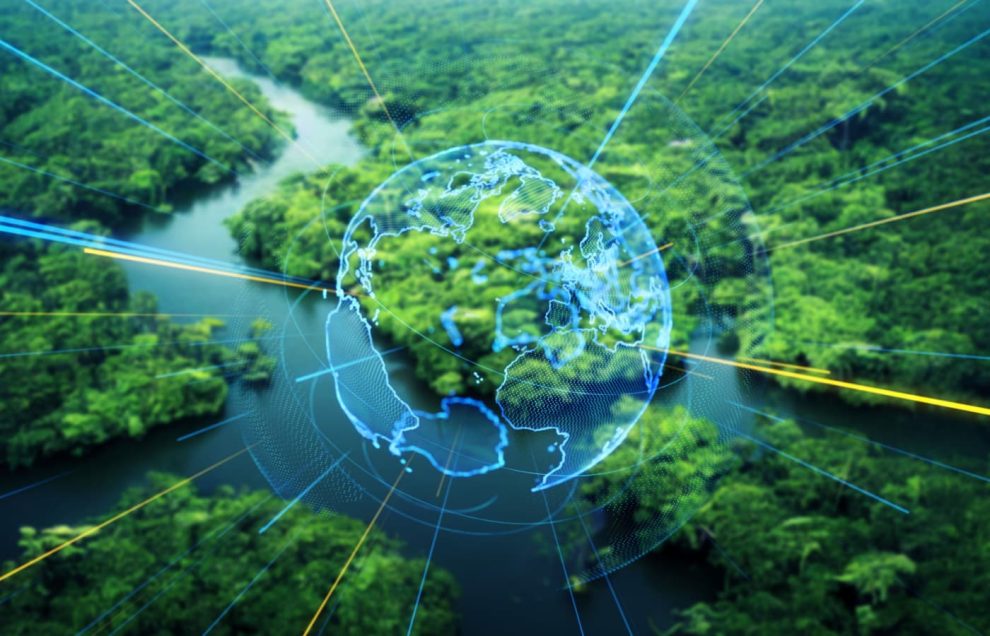Our planet’s weather, both whimsical and wrathful, has long held humanity in awe. Predicting its ever-shifting moods has been a constant quest, from ancient sky gazing to complex supercomputer models. Now, a potent force has entered the arena: Artificial Intelligence (AI).
AI’s Weather-Wrangling Toolbox:
AI isn’t a magic wand, but a sophisticated toolkit empowering meteorologists. Here’s how it helps us understand the dance of the clouds:
- Data Decoding: Mountains of weather data, from satellite imagery to ground sensor readings, can overwhelm traditional models. AI algorithms, like deep learning, sift through this deluge, recognizing patterns and relationships invisible to human eyes.
- Predictive Powerhouse: By analyzing past weather patterns and current conditions, AI models can predict future events with greater accuracy. Think of it as AI peering into the crystal ball of weather, but armed with a supercomputer and statistical wizardry.
- Beyond Averages: Traditional forecasts often paint broad strokes, but AI delves deeper. It can predict localized weather events, like sudden downpours or microbursts, offering valuable warnings for specific areas.
Climate Change Modeling: AI Tackles the Long Game:

Climate change isn’t just about hotter summers. It’s a complex interplay of factors affecting entire ecosystems and human societies. AI is proving invaluable in modeling these intricate dynamics:
- Simulating the Symphony: Climate models are intricate ballets of variables – ocean currents, atmospheric interactions, land-use changes. AI helps create more sophisticated models, capturing these interactions with greater fidelity, leading to more accurate predictions of future climate trends.
- Early Warning System: By analyzing vast datasets of historical and current climate data, AI can identify early warning signs of potential climate shifts, allowing for proactive mitigation and adaptation strategies.
The Human-AI Synergy:
It’s crucial to remember that AI isn’t a replacement for human expertise. Instead, it’s a powerful tool that empowers meteorologists and climate scientists. The human touch remains vital in interpreting AI’s insights, refining models, and making informed decisions based on the bigger picture.
The Future: A Clearer Sky on the Horizon:
With AI continually evolving, the future of weather forecasting and climate modeling looks promising:
- Hyperlocal Forecasts: Imagine hyper-personalized weather updates for your backyard, tailored to your specific needs. AI could make it a reality, providing farmers with crucial irrigation timing or construction crews with vital wind predictions.
- Proactive Climate Action: AI-powered climate models could become even more accurate, guiding policymakers in crafting effective strategies to combat climate change and build resilient communities.
As AI continues to soar alongside traditional methods, we can move towards a future where weather isn’t a foe, but a partner, and climate change is tackled with informed foresight. AI promises not just clearer skies, but a more sustainable and resilient planet for generations to come.
Remember, the use of AI in weather forecasting and climate modeling comes with ethical considerations. We must ensure data privacy, algorithmic bias mitigation, and responsible utilization of AI insights to ensure equitable benefits for all.
By harnessing the power of AI while upholding human values, we can navigate the ever-changing skies with confidence, building a future where weather and climate are understood, respected, and ultimately, worked with, not against.
















Add Comment